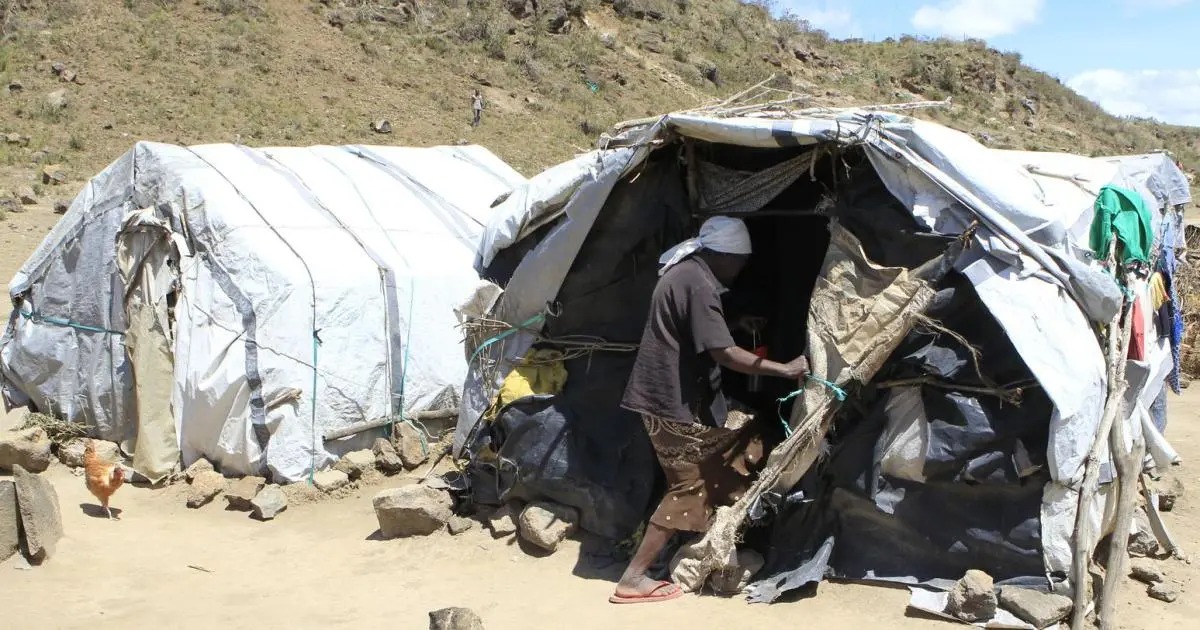Introduction
Kenya Intimidation names the practices Amnesty International says were used to silence young demonstrators during protests across 2024–2025. The report traces a multi-pronged campaign combining paid online accounts, targeted surveillance, disinformation and offline harassment. These tactics sought to disrupt mobilisation, discredit organisers, and criminalise participation. Amnesty’s investigators interviewed activists, reviewed technical traces, and documented cases of doctored content and leaked private messages that preceded arrests. The findings underline the risks when state power meets advanced digital tools and weak oversight. The international community and tech platforms face pressure to respond to abuses that threaten civic space.
Kenya Intimidation — 1) Organised Troll Networks
Kenya Intimidation relied on networks that posted coordinated content across X, TikTok and Facebook. Amnesty mapped patterns of identical messaging timed across many accounts and the re-use of smear narratives aimed to undermine trust in protesters. The campaigns often pushed emotive or divisive themes to polarise audiences and isolate organisers. By amplifying selected stories and burying supportive voices, these networks sought to change the popular conversation about the protests. The technical signals of coordination were a key piece of the evidence used by investigators.
Kenya Intimidation — 2) Doxxing and Personal Attacks
Kenya Intimidation included the leaking of personal data to intimidate leaders. Private phone numbers, home addresses and family details were published or used in threats. Such doxxing exposes activists to real-world risk and often precedes arrest or assault. Amnesty documented specific cases where leaked personal material was tied to online smear narratives and subsequent harassment. The psychological and physical toll on targeted individuals is substantial, and the tactic is designed to force retreat from public life.
Kenya Intimidation — 3) Surveillance and Location Tracking
Kenya Intimidation was reinforced by surveillance that appeared targeted at organisers. Reports of unfamiliar device logins and location tracking point to intrusive monitoring. When location data and private communications are accessed, authorities gain not only names but also networks, meeting places and movement patterns. Activists described a climate in which planning a protest felt like exposing friends and colleagues to danger. The report stresses that such surveillance must be governed by strict safeguards.l
Kenya Intimidation — 4) AI-Generated Content and Deepfakes
Kenya Intimidation included synthetic media used to smear protest leaders. Amnesty highlighted AI-generated clips that were circulated to falsely show wrongdoing or suggest criminal conspiracies. AI tools speed up disinformation, making it cheaper to create and harder to debunk. The result is rapid spread of false narratives that can shape public opinion before verification occurs. Raising platform capacities to detect synthetic material is vital to defending public debate.
Kenya Intimidation — 5) Coordinated Platform Manipulation
Kenya Intimidation exploited platform mechanics such as trending algorithms, repost networks and coordinated reposting to boost false narratives. Amnesty researchers pointed to waves of reposting and artificial boosts that made disinformation more visible. Platforms must be able to detect and disrupt coordinated inauthentic behaviour, especially where it dovetails with state actors and risks human rights. Transparency about content moderation and takedowns remains a central demand from rights groups
Kenya Intimidation — 6) Offline Violence and Proxy Actors
Kenya Intimidation did not stop online. The report links online campaigns to physical attacks and the use of hired mobs or plainclothes officers that disrupted protests. Journalistic coverage documented incidents where online slurs preceded street violence. The link between digital narratives and offline harm is a core concern because it shows how virtual campaigns translate into physical suppression. Measures to protect protest spaces must therefore address both online and offline dynamics.
Kenya Intimidation — 7) Judicial Pressure and Terrorism Charges
Kenya Intimidation was compounded by legal measures used to deter activists. The application of tough cyber or terrorism laws to protesters raises the stakes for participation. Amnesty warns that charging activists under such statutes without clear evidence contributes to a climate of fear. Legal reform and judicial independence are essential to prevent misuse of the law as an intimidation tool.
Kenya Intimidation — 8) Impact on Media and Reporting
Kenya Intimidation affected journalists and newsrooms. Reporters covering protests faced smear campaigns, threats and pressure to drop stories. When media freedom is under attack, independent reporting suffers and official narratives go unchallenged. The report documents how targeted harassment can silence critical coverage, making it harder for the public and courts to get accurate information about events on the ground. Protecting press freedom is central to resisting state-linked digital repression.
Kenya Intimidation — 9) What International Partners Should Do
Kenya Intimidation requires international pressure, platform action, and local remedies. Amnesty calls on states and donors to condition cooperation on human rights protections, push platforms for better transparency, and fund independent investigations. International scrutiny can make it harder for abusive practices to persist without cost. Civil society needs resources for digital safety training and legal aid to defend targeted activists and journalists.
FAQs
Q1: Are these allegations proven?
Amnesty presents interviews, technical traces and case studies; independent probes are needed to fully establish responsibility.
Q2: Which platforms were involved?
X, TikTok and Facebook were cited in the report as primary platforms where campaigns unfolded.
Q3: Can platforms stop this alone?
Platforms can reduce spread, but lasting change requires legal safeguards, independent oversight, and international pressure.\
Conclusion
Kenya Intimidation reveals how modern repression blends online and offline tactics. The Amnesty report lays out a methodical pattern: paid trolls, surveillance, disinformation and legal pressure. Addressing it needs platform reforms, independent inquiries, and stronger protections for civic space. Without those measures, tech-enabled intimidation will keep reshaping how people can protest and speak freely.




